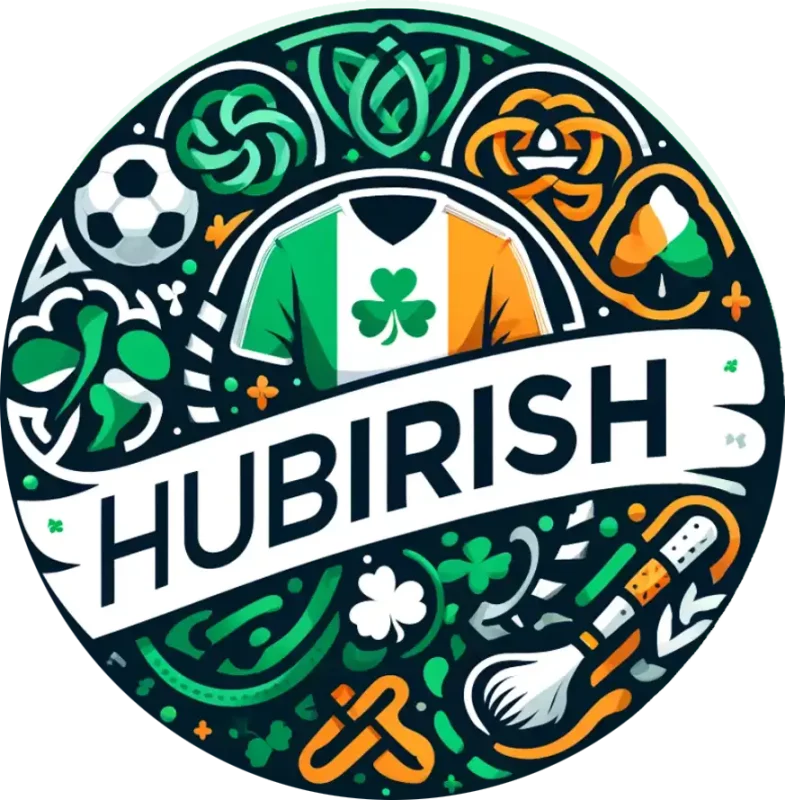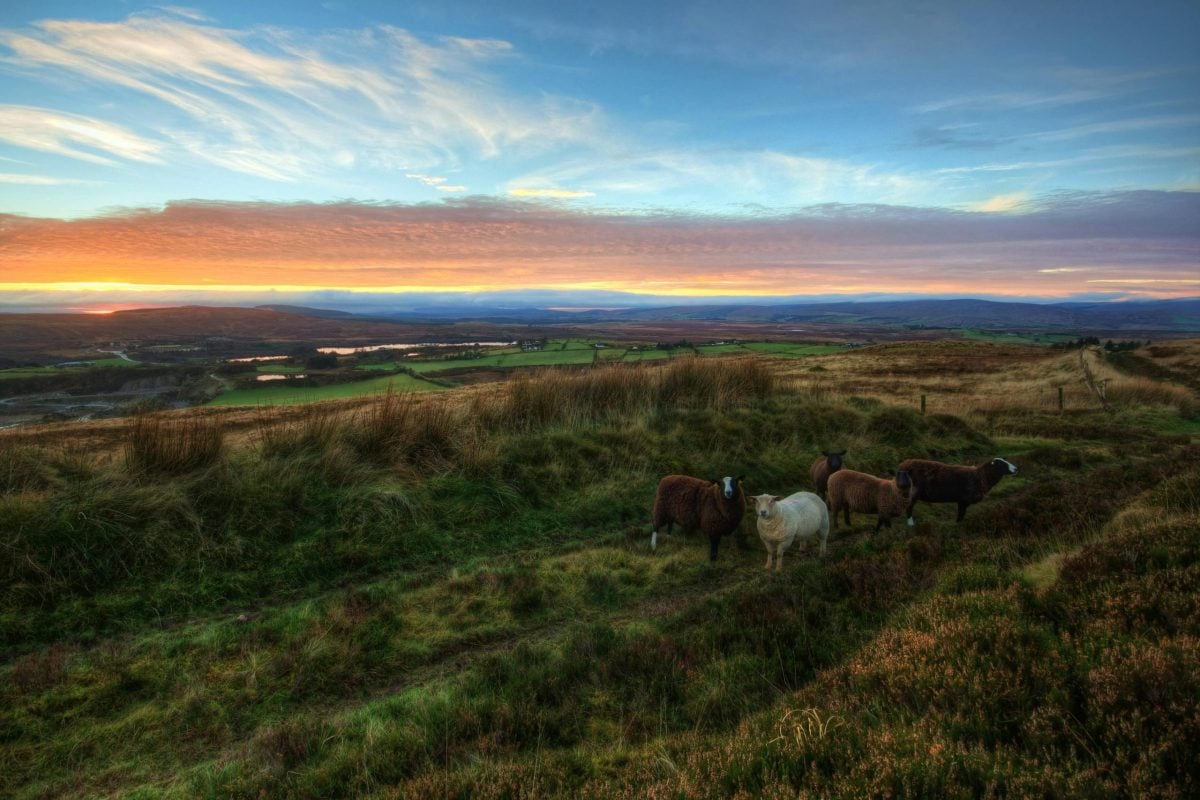Uncategorized
The Irish Rebellion Against the Pope’s Visit
The Day the Irish Banned the Pope — and the Legacy of the 1981 Anti-Visit Protest
Estimated reading time: 7 minutes
Key Takeaways
- The 1981 protests symbolized Ireland’s fight against traditional authority.
- The event marked a decline in the Catholic Church’s influence in Irish society.
- Younger generations sought autonomy and change from historical oppression.
Table of Contents
Introduction
The Heart of the Story
The Wider Echo
The Now & The Next
Did You Know?
FAQs
Final Word
Introduction
In a land where faith and rebellion dance a delicate jig, the fiery exchange of grievance and hope erupted as the world watched. It was the summer of 1981, and the Irish Catholic Church stood at a crossroads, caught between devotion and dissent. The protest against Pope John Paul II’s visit was more than a rejection of a man; it was an outcry against a system that had failed its people, a declaration of autonomy echoing through the green hills and urban sprawl alike.
The Heart of the Story
On that fateful June day, the city of Dublin came alive with a tempest of passion. Thousands gathered, banners unfurled, voices raised in defiance. The Pope—an emblem of tradition—was met with an army of protestors. The hunger strikes in Northern Ireland, intense and brutal, pushed the nation’s collective conscience to the limits. Young men and women, fueled by the martyrdom of Bobby Sands, declared, “No more!” They denounced not just a papal visit but a system steeped in centuries of control. There was anger—but there was also an undeniable sense of purpose. Ireland was changing, the chains of the past loosening as the spirit of a new generation sought freedom.
The Wider Echo
What transpired in 1981 illuminates the shifting tides of Irish society. As we look back, the protest against Pope John Paul II was not merely about religious authority but an awakening—a collective understanding that led to the winds of change. According to a survey by the Irish Times in 1986, only 49% of people believed the Church had a “positive influence” on society. The protest was the latest chapter in a long saga of resistance, echoing through the halls of history—from the Famine to the Civil Rights Movement, mapping a journey of reclamation.
The Now & The Next
Today, as we struggle with issues of shelter, equality, and human rights, the echoes of that protest remain as potent as ever. The scars of the past are woven into the tapestry of the present. Young voices, emboldened and thoughtful, strive for a better Ireland where truth reigns. Today, from Kerry to New York, diaspora communities hold fast to the spirit of rebellion, propelling conversations about identity and pride. Each sport jersey worn, echoing each tackle or kick, becomes a reminder of resilience and an opportunity beckoning the future.
Did You Know?
- Pope John Paul II’s visit to Ireland in 1979 drew over half a million people, making it one of the largest gatherings in Irish history.
- The 1981 anti-Pope protests are often cited as a pivotal moment in the decline of the Catholic Church’s influence in Irish society, reflecting the growing desire for autonomy.
FAQs
What sparked the protests against Pope John Paul II’s visit in 1981?
The protests arose from a mix of frustration over the church’s historical control over Irish life and the ongoing issues surrounding the hunger strikes in Northern Ireland, notably Bobby Sands’ protest for political recognition.
How did the protests impact the relationship between the Church and Irish society?
The protests marked a significant turning point, leading to a gradual erosion of the Church’s authority. Many began to question its roles in social and political spheres, paving the way for future reforms.
Final Word
The anti-visit protests of 1981 echo like songs in the heart of every Irishman and woman who has fought against oppression, who has raised their voice for change, who has dared to declare their own identity. The spirit of rebellion, of passion, and pride lives on. If you carry the same pride we do, you’ll find a piece of home waiting at
HubIrish.com.

